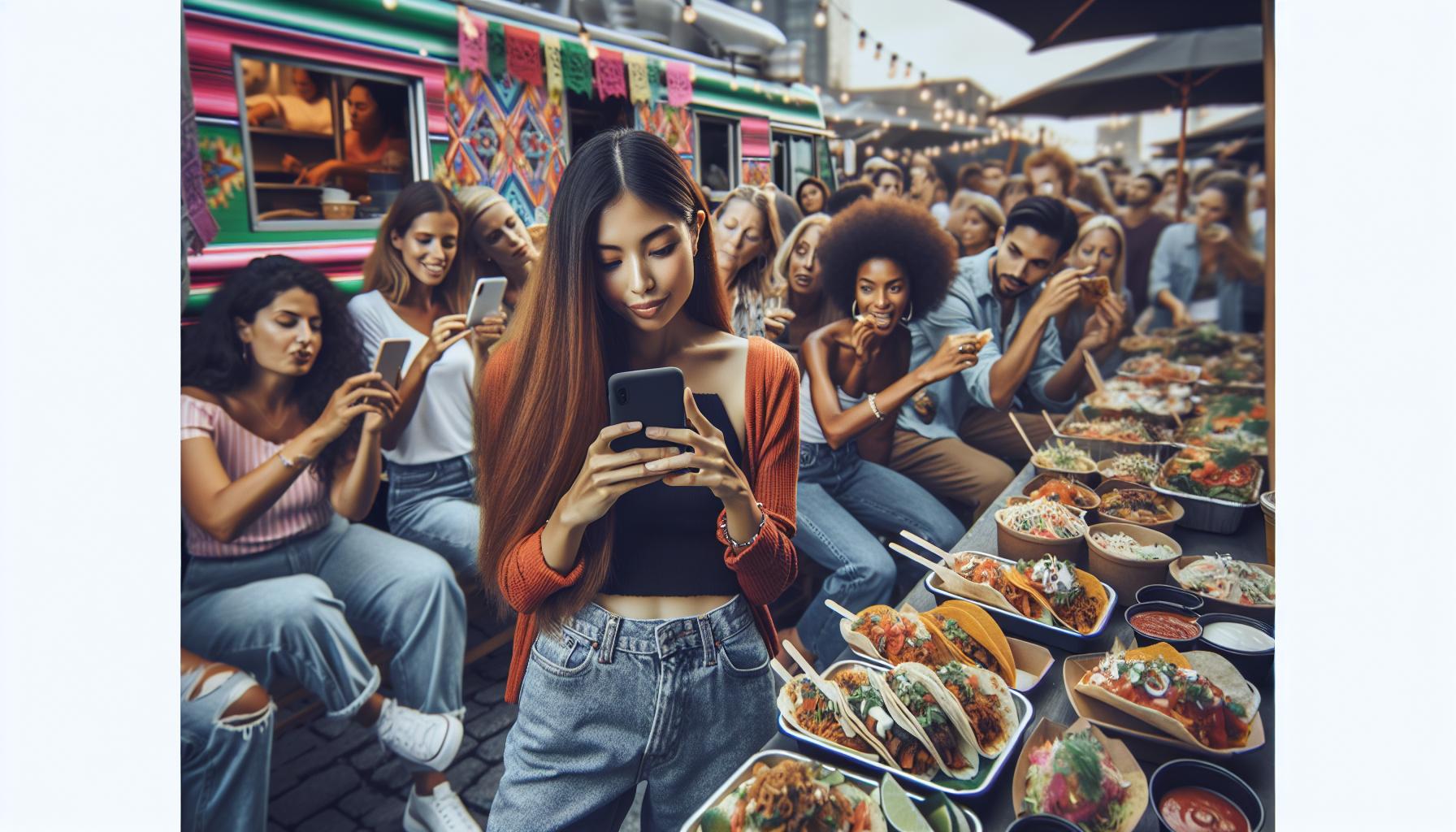conversationswithesther.com
Explore a World of Imagination with Mom Tips and Creative Play!
Arts & Crafts Creativity by Kolina Hense
A Guide to DIY Customized Furniture Using a Laser Machine
November 14, 2024
No Comments
In the realm of interior design and home decor, customization has become a hallmark of creating spaces that are truly unique and reflective of individual ...
Read More →
Online Betting on Cricket at 1xBet India
July 8, 2024
No Comments
India is a country where cricket is more than just a game. It is like a religion that unites millions of people. 1xBet is now ...
Read More →
Human Creativity: A Journey Through the Hand of Man Museum
April 28, 2024
No Comments
Step into the world of the extraordinary at the Hand of Man Museum, where human creativity and ingenuity take center stage. Nestled in the heart ...
Read More →
Mastering Creation Unique Crafts: From Inspiration to Selling Online and Offline
April 28, 2024
No Comments
In a world where mass-produced items are the norm, the charm of creation crafts continues to captivate. These handmade treasures, brimming with creativity, offer a ...
Read More →
Explore Your Creativity: Exploring the Charm and Potential of Tiny Crafts
April 28, 2024
No Comments
Dive into the world of small crafts, where creativity meets practicality. This realm isn’t just about making pretty things; it’s about expressing oneself, honing fine ...
Read More →
Exploring Banksy Art Wallpaper: Ultimate Guide for Selection, Care, and Legality
April 28, 2024
No Comments
Imagine transforming your living space into a vibrant, thought-provoking canvas with the stroke of a brush – or rather, the application of a wallpaper. Welcome ...
Read More →

About Us
We’re passionate about fostering creativity, imagination, and joy in every family’s journey. Our platform is designed to be your go-to resource for all things related to parenting, crafting, and playtime.
Mom Tips & Play from Afoni Dali
Raising Empathetic Children in a Digital World
January 22, 2025
No Comments
In an era dominated by technology, parents face a unique challenge known as the digital parenting dilemma. This phenomenon refers to the struggle of raising ...
Read More →
Dozoplewar34: The Gaming Phenomenon That’s Breaking All The Rules
January 13, 2025
No Comments
In the vast landscape of online gaming mysteries, “dozoplewar34” stands out as one of the most intriguing phenomena to emerge in recent years. This enigmatic ...
Read More →
Why Coastal Auntie is the New, Cooler Coastal Grandmother
September 11, 2024
No Comments
In the world of ever-evolving fashion and home decor, trends come and go as quickly as the tide. But some aesthetics manage to make waves ...
Read More →
Moms: Balancing Act Between Home and Hustle
August 1, 2024
No Comments
In today’s fast-paced world, mothers are increasingly finding themselves juggling the demands of home life with the desire or necessity to pursue their own careers ...
Read More →
Enriching Family Activities: The Magic of Kids Cooking Sets
July 30, 2024
No Comments
Finding quality time to spend with family can be challenging, but it’s essential to carve out moments that bring everyone together. One delightful way to ...
Read More →
Essential Guide: Preparing for Motherhood – Expert Advice for Moms-to-Be
April 28, 2024
No Comments
Expecting a baby? Congratulations! You’re about to embark on one of life’s most beautiful journeys. But it’s also a time filled with questions and uncertainties. ...
Read More →






















